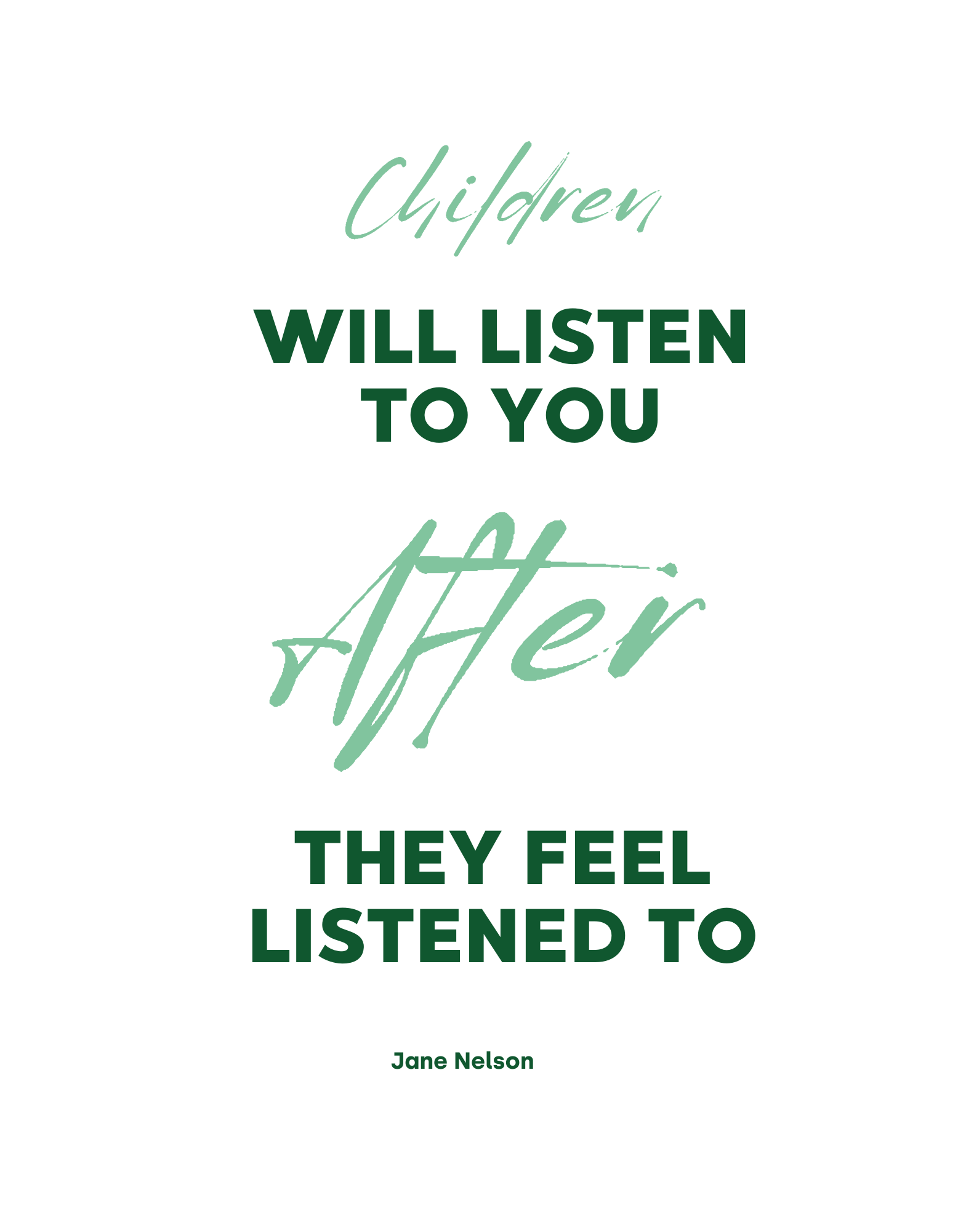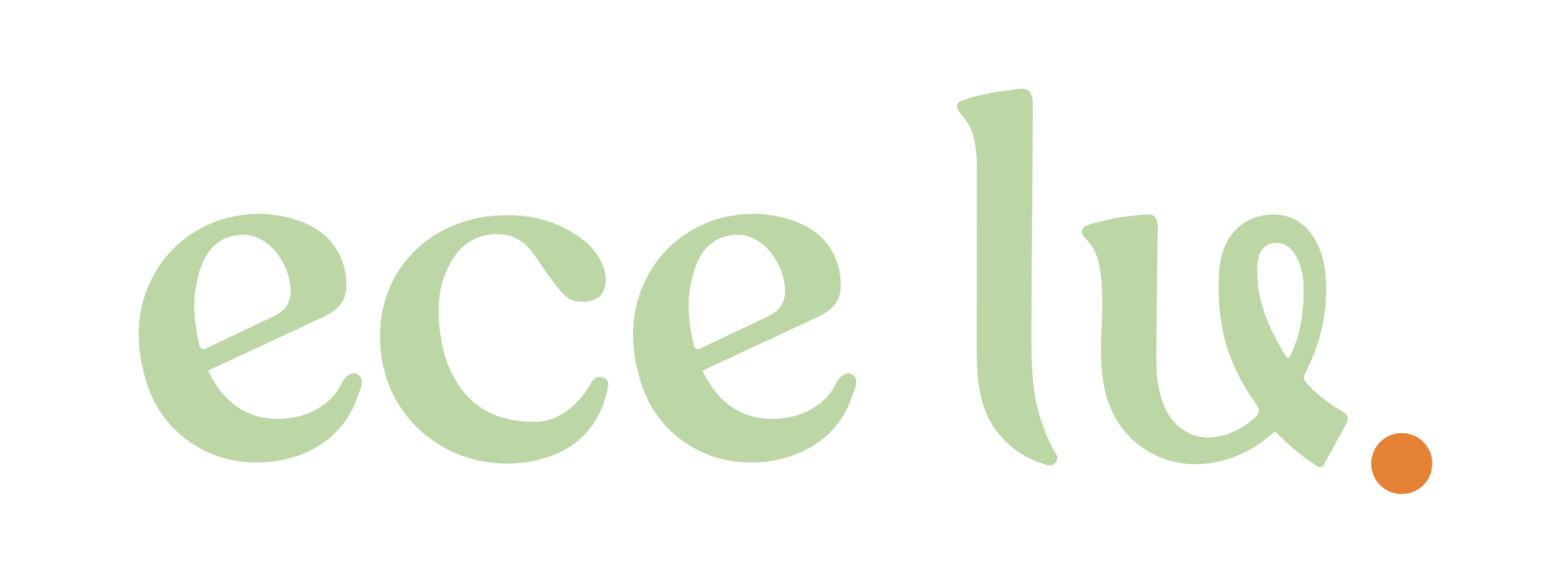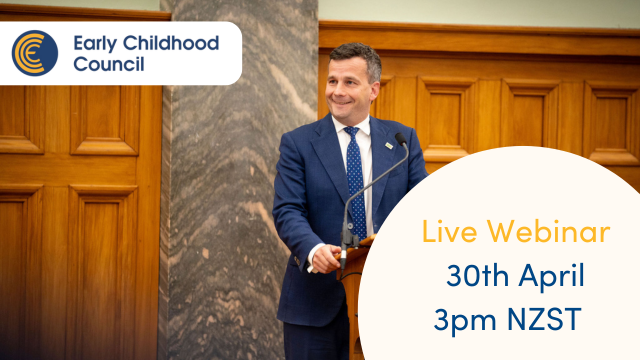“Educarers demonstrate love by showing and teaching respect.”
In a world where expectations are for things to be faster, smarter, and instantly responsive, this can easily flow into our relationships with young children. No matter which corner of the world we practice in, the desire for children to be empowered and self-determining in their learning is at the heart of every early childhood curriculum.
- The child who ignores us when we ask them to make a decision.
- The child who doesn’t bother answering us when we ask them a question.
- The child who stands and shrugs and will not offer an answer because they are afraid of the response they will get, or they don’t know what we want to hear from them.
- The child who is unable to speak confidently for themselves because they are so used to adults answering for them.

Empower children to find their voice
How often have you asked a parent about their child in front of them? Then gone on to have a lengthy conversation about the child without including them? Talking over or about children in their presence signals that adults are the decision-makers who hold all the power, and children learn that their voice is not needed, valid, or important.
Think of those times when adults are constantly answering for children to avoid awkwardness or to fill silences.
- A child arrives in the morning, and we ask, “How are you?”. When the child hesitates or doesn’t answer, the parent jumps in to fill the gap “He’s good.”
- At the end of the day, the parent asks their child “How was your day? What did you do? Did you eat all of your lunch?”, and the child doesn’t answer.
- Are you ready to come and play? What would you like to do? Do you want to play with the animals? The play dough? Question after question, without pausing to wait, and listen.
If you want children to have the opportunity to answer these questions and feel heard and valued, simply direct questions to the child rather than their parent.
1. Crouch down to the child’s level or look directly at the child and use their name, ask, pause, and wait for a response. This lets them know you are listening and want to hear from them.
- Do you want to come with me? (as you are already walking away)
- Do you want to sit here, or here, or here? (as you pull out chairs, pat a seat, or point somewhere before the child even has a chance to look at the first choice).
- What do you want to wear? This, this, this, or this? (as you hold up a collection of items to choose from).

The importance of modelling good communication
- Ask someone a question and then plough ahead with their own answer without waiting for a response.
- Invite a colleague’s opinion during a meeting on an important topic without giving them any time to prepare or consider the topic beforehand.
- Form an opinion on a colleague’s thought processes, or understanding of a situation, without asking for clarification of their thoughts.
- Fill silences in discussions because we assume the other person doesn’t have anything to say.
- Saying ummm....
- Looking upwards or to the side as we ponder our response.
- Huffing or taking a deep breath. Putting our hand up (as if to say STOP when we need time to think and answer).
- Folding our arms over our chest.
- Shall I pick you up now? The baby leans towards us or lifts their arms up as if to say, "Yes I am ready."
- Would you like to come with me? The child smiles shyly from behind dad's legs.
- We have your favourite play dough ready this morning, would you like to help me get it out? The child nods but does not say anything else.

Nine ways to effectively slow down and truly listen to children
3. Ensure children are able to make choices in their play. Our role as educators is to prepare the environment and resources to allow children to decide what they will do.

Angela Bush
Share your thoughts...






